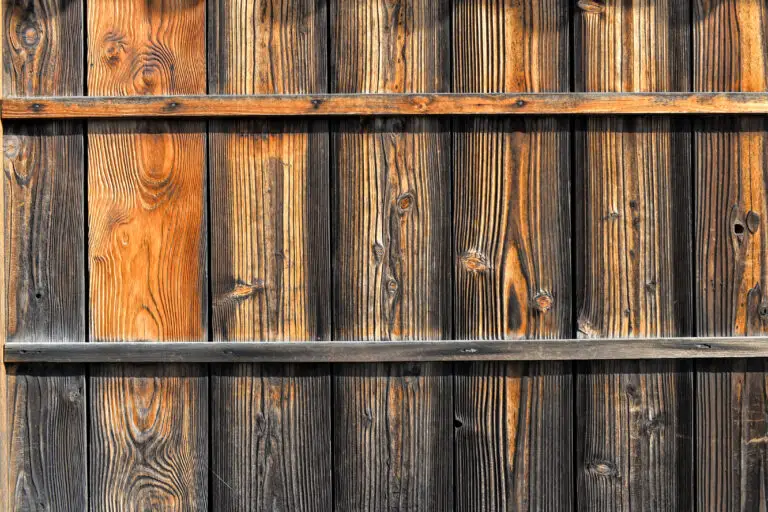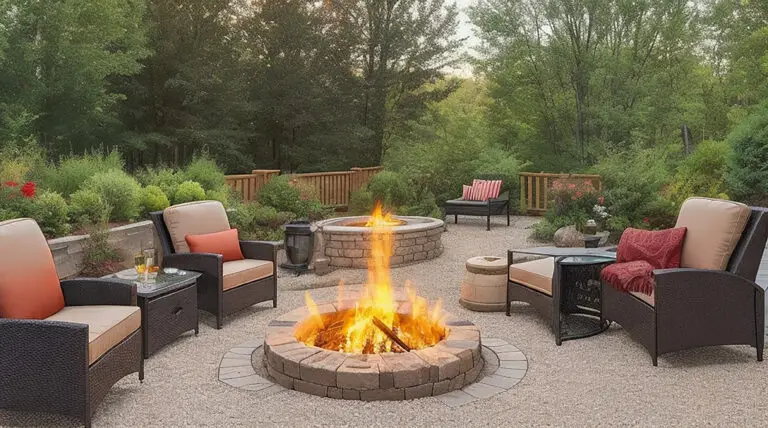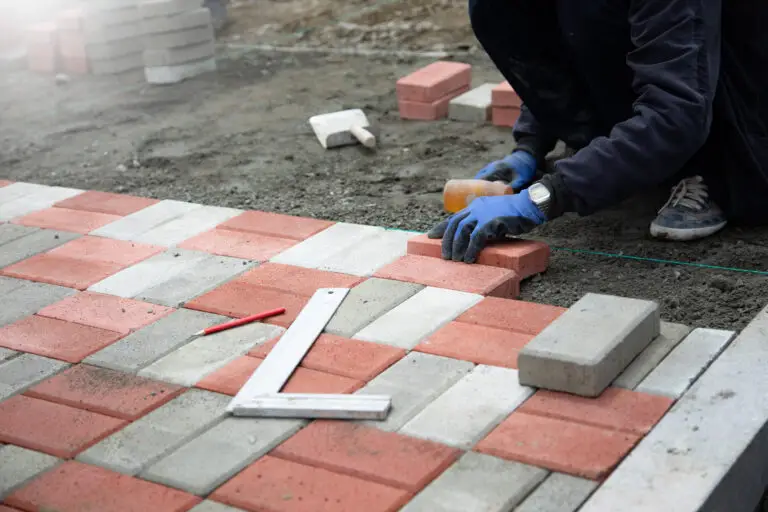Artificial Turf vs. Natural Grass: A Comprehensive Comparison

The debate between artificial turf and natural grass surfaces has grown increasingly relevant with advancements in technology and growing environmental concerns. Both options come with their own set of advantages and drawbacks, and the choice ultimately boils down to factors such as cost, maintenance, and purpose. This article will delve into the differences, weighing the pros and cons of artificial turf and natural grass, and providing insights to help individuals make informed decisions for their specific needs.
Artificial turf, made of synthetic fibers, has become increasingly popular in recent years due to its durability, low maintenance requirements, and adaptability to various climates and weather conditions. Conversely, natural grass offers an organic, eco-friendly alternative that boasts benefits such as improved air quality and temperature regulation. However, natural grass also comes with increased maintenance costs and challenges such as pests and disease.
In comparing artificial turf and natural grass, it is essential to consider their suitability for different applications, such as sports fields, playgrounds, and landscaping. While each option has its merits, the choice ultimately depends on factors such as budget, environmental impact, and user preferences. This article aims to provide a comprehensive comparison for those interested in choosing between these two options for their projects.
Comparison of Costs
Initial Investment and Long-Term Savings
When considering artificial turf and natural grass, the initial cost of installation is an important factor. Artificial turf typically has a higher upfront cost compared to natural grass. However, it is important to consider the long-term savings that come with artificial turf.
| Lawn Type | Initial Cost Range |
|---|---|
| Artificial Turf | $5 – $20 per sq. ft. |
| Natural Grass | $1 – $2 per sq. ft. |
While the initial cost of artificial turf might be higher, its lifespan is significantly longer than that of natural grass. Generally, artificial turf can last between 15 to 20 years, while natural grass may require reseeding or resodding in as little as 5 to 10 years.
In addition, water bills tend to be lower with artificial turf, as it does not require regular watering like natural grass. This could lead to significant savings on water bills over the years.
Maintenance Expenses
The ongoing maintenance expenses for artificial turf and natural grass differ significantly. Natural grass lawns require routine maintenance such as:
- Mowing: Typically 1-2 times per week during the growing season.
- Watering: Depending on climate, it might need watering at least 1-2 times per week.
- Fertilizer: Application is usually needed 2-4 times a year.
- Weed control: Required periodically throughout the growing season.
Artificial turf, on the other hand, has minimal maintenance requirements. Occasional sweeping or rinsing is needed to remove debris and keep it looking fresh. In some cases, turf owners may apply infill materials to maintain the turf’s cushioning and appearance.
When considering labor and materials, the annual maintenance costs for a natural grass lawn can be significantly higher than that of an artificial turf lawn.
| Maintenance Task | Natural Grass Cost | Artificial Turf Cost |
|---|---|---|
| Mowing & Trimming | $$ | – |
| Watering | $$ | – |
| Fertilizer & Weed Control | $$ | – |
| General Maintenance (sweeping, rinsing, infill) | – | $ |
Overall, while artificial turf may have a higher initial investment, its long-term savings and lower maintenance expenses can make it a more cost-effective option for many property owners.
Environmental and Health Impact
Effects on Ecosystems and Wildlife
Artificial turf and natural grass have different impacts on ecosystems and wildlife. Artificial turf, being a synthetic material, does not contribute to the natural habitat of flora and fauna. While it eliminates the need for pest control measures, it also prevents the growth of plants and flowers that provide food and shelter for insects, birds, and other wildlife. The absence of a natural ecosystem may negatively affect local biodiversity.
On the other hand, natural grass contributes to the ecosystem by absorbing carbon dioxide from the atmosphere, providing a habitat for various species, and releasing oxygen into the environment. The use of fertilizers on natural grass has its drawbacks, as they can contribute to water pollution when they run off into nearby water sources. Additionally, irrigation systems for natural grass can be problematic, as increased water usage can strain local water supplies.
Human Health and Recreation
In terms of human health and recreation, there are several factors to consider when comparing artificial turf to natural grass. One major aspect is the environmental impact of the materials used. Artificial turf is usually made with non-eco-friendly materials that require energy-intensive manufacturing techniques, contributing to pollution and increased carbon dioxide emissions.
Natural grass, conversely, is more eco-friendly and creates a cooling effect, lowering the temperature of the surrounding area and thus improving air quality. This cooling effect makes natural grass suitable for recreational activities in hot climates, as it reduces heat stress and exhaustion for athletes.
However, maintaining natural grass sports fields may require extensive use of pesticides and herbicides, which can have negative effects on human health and the environment. Additionally, the persistence of allergens and bacteria may pose health concerns for individuals with allergies or compromised immune systems.
In summary, both artificial turf and natural grass have their respective advantages and disadvantages in terms of environmental and health impact. It is crucial to weigh these factors according to the specific needs and priorities of a given situation when deciding between the two options.
Aesthetic and Functional Differences
Appearance and Feel
Artificial turf and natural grass differ significantly in terms of aesthetics, look, and feel. Artificial turf is designed to resemble natural grass, but it typically has a uniform appearance and color that can feel less authentic. Natural grass, on the other hand, has a more varied texture and color resulting from various species of grass, soil, and weather conditions. While some people may prefer the perfectly manicured appearance of artificial turf, others may argue that the authenticity of natural grass enhances the landscape.
In terms of textures, artificial turf fibers have improved significantly in recent years, making them softer and more closely mimicking a natural grass feel. However, the blades of artificial turf are still made from synthetic materials, which can be less comfortable underfoot than real grass.
Durability and Usage
When it comes to durability and usage, artificial turf and natural grass have distinct advantages and disadvantages. Artificial turf is known for its durability, as it can withstand high-impact activities and high-traffic areas. In contrast, natural grass can get worn out and damaged easily when exposed to the same levels of use. This is especially true in extreme weather conditions, which can cause waterlogged or dried-out grass surfaces depending on the season.
| Artificial Turf | Natural Grass | |
|---|---|---|
| Durability | High durability; withstands heavy usage | Lower durability; can get damaged easily |
| Weather Impact | Resistant to extreme weather conditions | Can become waterlogged or dried-out |
| High-Traffic Areas | Maintains appearance better | Susceptible to wear and damage |
Nevertheless, natural grass offers an inherent self-repair capability, given the right maintenance and care. This means that damaged grass can eventually recover and regenerate. Artificial turf, on the other hand, may need replacement after a certain period, generally every 8 to 15 years, depending on the type and quality of the product.
Both artificial turf and natural grass require maintenance, but the process differs. Artificial turf usually needs regular brushing, infill top-ups, and occasional deep cleaning. Natural grass involves more frequent care, including mowing, fertilizing, watering, and aeration, all of which can be time-consuming and resource-intensive.
In summary, the choice between artificial turf and natural grass depends on one’s desired aesthetic, feel, and usage requirements. While artificial turf offers durability and a low-maintenance solution, some may prefer the authentic look and texture of natural grass, despite the additional care it may require.
Installation and Care
Setting Up Your Lawn
When it comes to installation, both artificial turf and natural grass have their own set of requirements.
Artificial turf installation typically involves the following steps:
- Removing any existing grass
- Leveling and compacting the ground
- Laying a weed barrier
- Spreading and compacting a layer of aggregates (such as sand or crushed rock)
- Installing the artificial turf
- Infilling the turf with sand or rubber particles
- Securing the turf edges
In contrast, natural grass installation can be accomplished by:
- Removing any weeds and debris
- Tilling the soil
- Adding topsoil or other amendments as needed
- Grading and leveling the ground
- Sowing grass seeds or laying sod
- Watering thoroughly and ensuring proper irrigation
Ongoing Maintenance
For artificial turf, minimal maintenance is required. Here are some key points of care:
- Low maintenance: Artificial turf generally needs less care compared to natural grass. Typically, hosing down the area occasionally to remove dust and debris is sufficient.
- No watering: Unlike natural grass, artificial turf does not require any watering, saving both water and money.
- No fertilizing: There’s no need to use chemicals or fertilizers, making it an eco-friendly option.
- Raking: To keep the turf looking fresh and clean, periodically rake and re-distribute the infill material.
For natural grass, maintenance is more involved. The following tasks are crucial:
- Watering: Regular watering is necessary, especially during hotter months. The frequency depends on the type of grass and local climate.
- Fertilizing: Applying a balanced fertilizer helps maintain the health and color of the grass. The frequency varies with the type of grass and soil.
- Mowing: Cutting the grass at the correct height encourages healthy growth and discourages weed growth.
- Aerating: Aerating the lawn allows water, air, and nutrients to penetrate the soil, resulting in healthier grass.
Replacement: While artificial turf has a longer lifespan (usually 10 to 15 years), it may eventually require replacement. Natural grass can be re-seeded or laid with new sod as needed, which can be less expensive than replacing an entire artificial turf.






